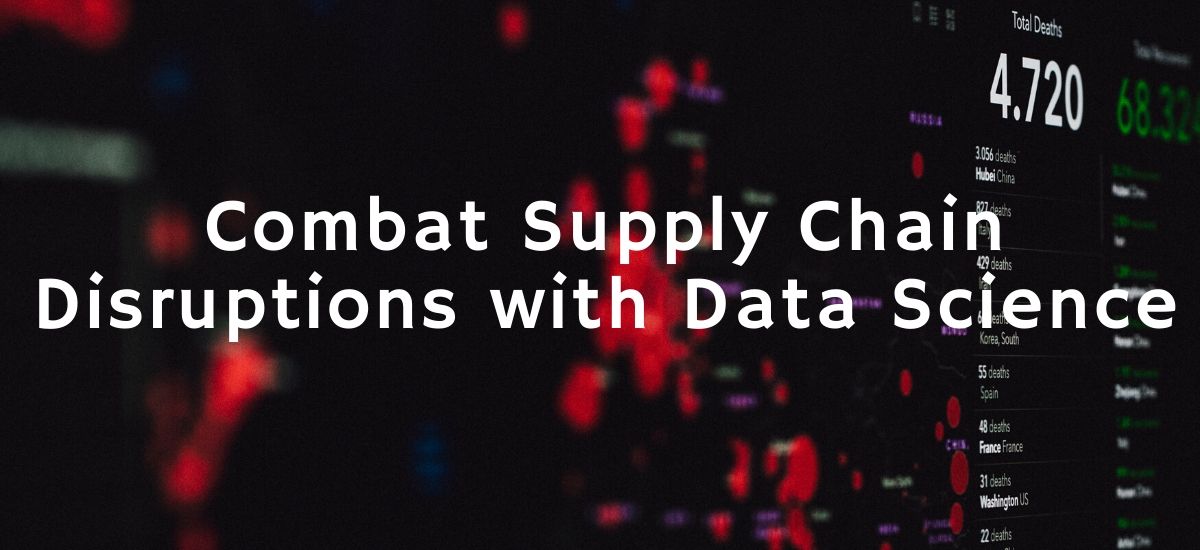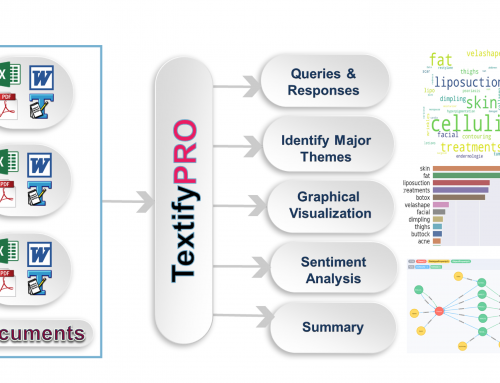Delivery issues rising considerations around product accessibility, cost, and quality; and declining manufacturing volume stemming from plant closures and labour force shortages are all disrupting supply chains. While the extreme effects of the COVID-19 crisis can’t be known yet nevertheless, there’s no doubt that COVID-19 threatens the supply chains of all sizes of organizations around the globe.
Currently, several firms are in the middle of extraordinary coronavirus meetings and troubled to form data-driven choices responding to the current crisis. This has the impact of the worldwide coronavirus pandemic on client demand and consequently on the Supply Chain. Understanding how global manufacturers are managing through disruptions to their Supply chains can facilitate all businesses structure their own responses. Over the following years, the growth engines driving business ecosystems have changed, turning into broadly global and obsessed on trade across far-flung Supply chains. These Supply changes are perfectly tuned to manage raw material and production overheads and to deliver competitively priced product to customers. The time and price variances of a pandemic shock like COVID-19 would certainly have severe effect on already fragile Supply chains. Such a crisis makes it mandatory for organizations to be able to access, quantify and counter to Supply chain risks in real time. Otherwise, a Supply chain disruption increases the probability of logistical, financial and economic condition considerations, particularly in the absence of considerable working capital or quick access to credit. The dearth of organizational structure resiliency within the face of a pandemic presents a necessary challenge for today’s business leaders.
Data Science Helps Companies Operate More Efficiently
Over the past few years, external shocks have caused significant corporate Supply chain disruptions and what has become more and more apparent to those companies is the need to access real-time insightful, actionable information. Collecting data, running descriptive statistics, and providing an overview of ‘what happened’ could be a nice begin, however once an intermission like the COVID-19 occurrence hits the global economy, this approach can solely make sure the disruption your suppliers, employees, & customers are feeling. Any disruptions or an unexpected event like COVID-19 comes on quick, leaving businesses clambering to continue operations in a high-risk environment. Firms who embrace data science and data analytics can have a major leg up on those who do not.
Data science techniques, specifically predictive analytics, machine learning, & AI, enable companies to fortify their Supply chains for such disruptions by approach of correct visibility, simulation, & automation. The power to better foresee in the long run, anticipate and set up for future events and disruptions, and strategically scale back risks helps firms continue their operations within the face of disruptive events.
Data Science in Supply Chain Management – Current Possibilities and Applications
Supply Chain Management
- Demand Planning enhancements by machine-controlled pattern recognition
- Forecast enhancements to support strategic, plan of action and operational decisions
- Chatbot and cognitive services to enhance user expertise within ERP systems
- Production Planning accuracy improvement
- Improved material requisition planning by linking stocking point and refilling cycles to value constraints
Logistics
- Reduced freight prices because of higher ordering behaviour for utilization of freight capability
- Smart Tendering (freight purchase): When to tender, what to tender, how to tender
- Increase of freight rates because of stronger buying position

Mitigating Supply Chain Disruptions
Collect internal information on disruptions
- Data on previous events or disruptions is effective. It will facilitate predict results for future events
- The necessary information usually must be engineered instead of extracted from internal systems
- Challenge employees to spot events and train them on inputting and generating the type of information that’s required
- Catalog the data for fast reference and higher usability among qualitative and quantitative analysis and reporting
Leverage external data and models
- External information is equally vital and helpful for augmenting internal information
- Industry specific information is commonly offered and offers a new added filter
- Cross trade or client consortiums provide distinctive information that adds context
- External models exist and may facilitate validate internal information and findings
Use quantitative modelling that evaluates Supply chain risks supported on conditional probabilities
- Build quantitative models that may learn from valid information or data you collect and maintain
- Integrate your risk assessment and price analysis into the risk modelling
- Use scenario modelling, root cause analysis, and correlations to check and test the impact zones for unrelated events across completely different manufacturing, delivery and quality aspects of your Supply chain
- Use algorithms tuned to judge and evaluate rising and atypical risks and alter consequently
Conclusion
Industries and also the economy in general are in a very new territory, finding themselves more vulnerable to the risks of globalization and supply chain disruption. Consequently, exploitation correct data sets and forecasting tools are crucial to firms as they navigate this current market environment and still go for strategic decisions. With learning from the outbreak, the competitive forefront of Supply chain operations can possible move towards more comprehensive proactive modelling.






